John Byrne, brilliant Scottish playwright and artist who wrote the TV show Tutti Frutti – obituary

John Byrne, who has died aged 83, was an astonishingly creative person, as brilliant a playwright as he was an artist; The Slab Boys Trilogy is a cast-iron classic of Scottish theatre while his television dramas (including Tutti Frutti and Your Cheatin’ Heart), as well as theatre designs and paintings (he was a superb portraitist) all showed a phenomenal artistic sensibility and drive.
Tall, pencil-thin, elaborately bearded and flamboyantly dressed, Byrne was a distinctive presence on the Scottish arts scene for more than 40 years, his genius acknowledged almost as soon as The Slab Boys Trilogy was premiered at the Traverse Theatre, Edinburgh, in 1978.
Originally known as Paisley Patterns, the trilogy is made up of The Slab Boys, Cuttin’ a Rug and Still Life. It tells the story of a group of young working-class Scots – Phil, Spanky and Lucille – making their way in life from 1957 to 1972.
It is autobiographical in that Byrne, like the characters in the play, worked in the slab room of a carpet manufacturer (A F Stoddart in Elderslie), mixing and grinding colours for the design department. Byrne called the factory “a technicolour hell-hole”.

It is not autobiographical in that Byrne was accepted (in 1958) by Glasgow School of Art, unlike the character Phil McCann, whose story hinges on his being rejected by the same establishment. As a story of what might have been, particularly of the humour which sustains intelligent people performing mindless labour, The Slab Boys is compassionate, hilarious and real.
Recognised immediately as a classic of Scots working-class drama, it received worldwide attention and in 1983 was staged on Broadway with Sean Penn, Val Kilmer and Kevin Bacon in the cast.
In 1997 The Slab Boys was released as a film, directed by the author, and featuring Anna Massey, Tom Watson and Julie Wilson Nimmo.
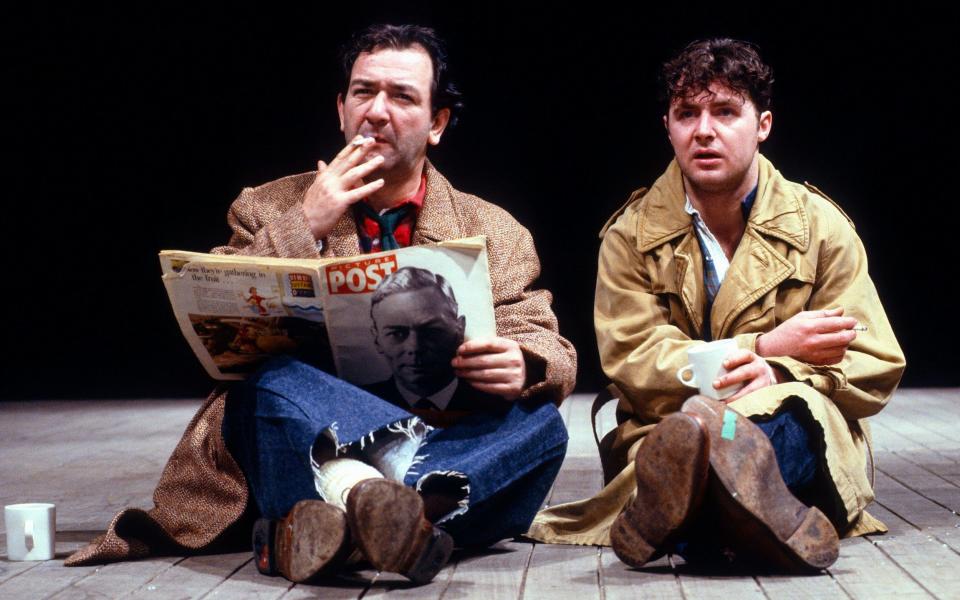
John Patrick Byrne was born in Paisley, Renfrewshire, on January 6 1940, into a family of Irish-Catholic descent, and grew up in the deprived Ferguslie Park (“Feegie”) housing scheme. His upbringing was marred by the schizophrenia suffered by his mother, which sometimes brought on violent episodes and necessitated periods in psychiatric hospitals.
Partly on account of the drama at home, John did not take his final exams at St Mirin’s Academy in Paisley, but in 1958 he was accepted by the Glasgow School of Art, where he was taught traditional academic technique.
He graduated in 1963 as a star pupil, having won the Bellahouston Award, a scholarship which enabled him to spend six months in Italy, where he marvelled at the frescoes of Giotto and the paintings of Duccio and Cimabue. He returned a confident and accomplished painter.

He then designed book covers for Penguin and, having had his work rejected by several galleries, found success with an exhibition of works at London’s Portal Gallery in 1967. This exhibition consisted of dream-like paintings which he claimed were painted by his father “Patrick”, a supposedly self-taught painter of faux-naïf images.
In 1968 Byrne finally left the carpet factory, where he had been working as a designer, and determined to make it as a professional painter, enjoying early success designing record covers for Donovan, The Beatles, his school near-contemporary Gerry Rafferty, Billy Connolly, and The Humblebums – Connolly and Rafferty’s folk-rock group.
Rafferty’s song Patrick is written about Byrne (the lyrics begin: “Patrick my primitive painter of art / You will always and ever be near to my heart”), and the pair wrote several songs together.
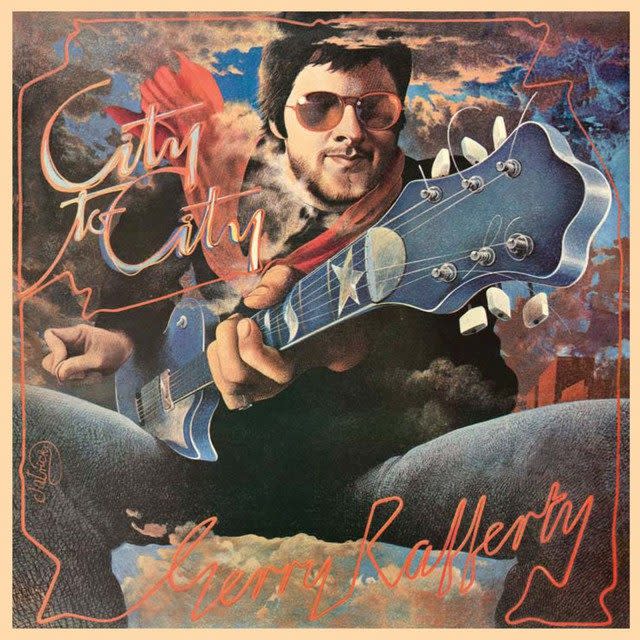
His first play, Writer’s Cramp, was produced in 1977 and was soon followed by The Slab Boys, which won the Evening Standard most promising playwright award.
As well as designing sets for his own shows, Byrne designed for the Traverse, the 7:84 agitprop theatre group, the Hampstead Theatre, Bush Theatre, Scottish Opera and the Citizens Theatre. For the original 7:84 production of John McGrath’s play The Cheviot, the Stag, and the Black Black Oil in 1973, Byrne designed a 7 ft-high pop-up book of stage designs, which is now on display at the V&A Dundee’s Scottish Design Galleries.
In collaboration with the director Robin Lefevre, he designed the settings for Snoo Wilson’s The Number of the Beast (Bush, 1982) and Clifford Odets’s The Country Girl (Apollo Theatre, 1983).
Tutti Frutti, the six-part BBC television series scripted by Byrne, which proved seminal in the careers of both its stars Emma Thompson and Robbie Coltrane, was an extremely funny, but gritty and vaguely surreal drama set in Glasgow, focusing on the adventures of The Majestics, a rock’n’roll combo whose lead singer has just been killed.
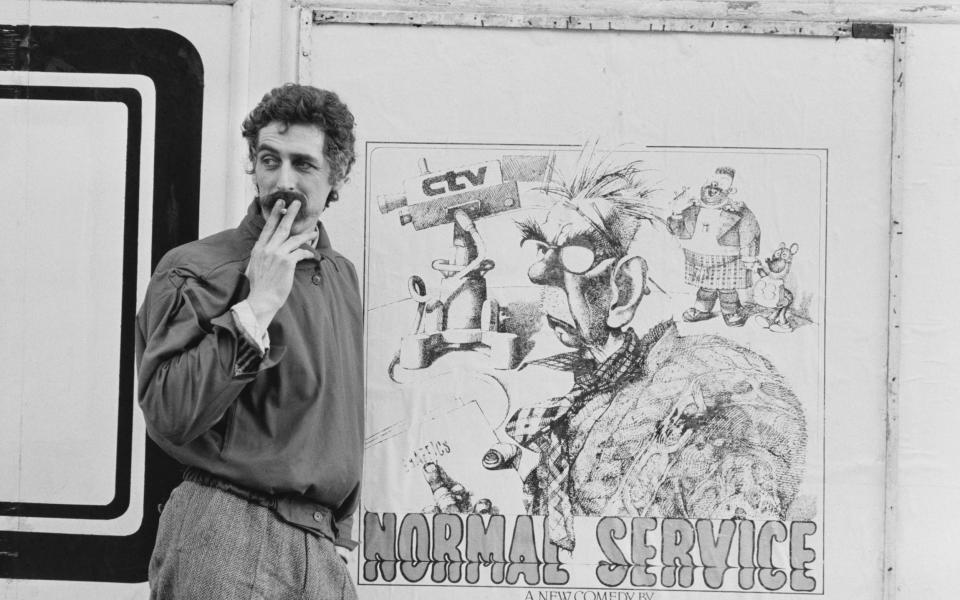
Coltrane played both the singer and his brother, who is recruited by the band to take his place. Tutti Frutti hit the screens in 1987 and won six Baftas including Best Drama Series and Best Graphics, awarded jointly to Byrne and Sandi Anderson.
This was followed in 1990, again for BBC Scotland, by Your Cheatin’ Heart, a yet darker six-part series, based around the Glasgow Country and Western scene, and starring Tilda Swinton, John Gordon Sinclair, Eddie Reader and Ken Stott. The third episode in the series was entitled, “This Could Turn Septic On Us, Ya Big Ungrateful Midden”, which conveys a sense of the atmosphere of this remarkable achievement.
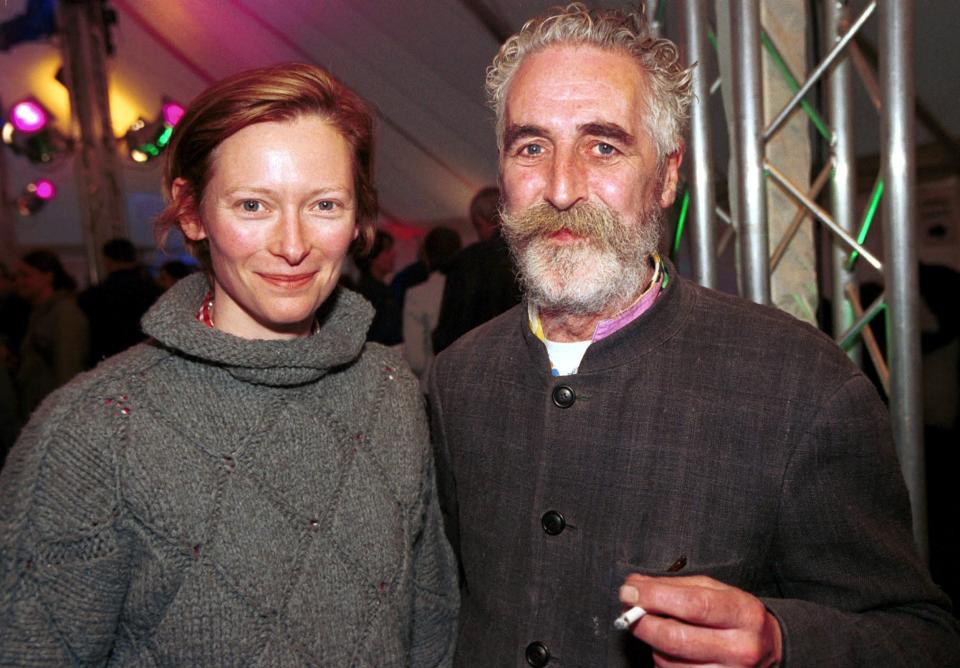
In a 2011 Guardian essay, the cultural historian Robert Hewison argued that despite Byrne’s celebrity and success as a writer, his art had not received the recognition it deserves, in part because it was figurative when “outside the School of London, and the School of Glasgow of the 1980s, to be figurative is to be unfashionable.
“The most important thing to say about Byrne is that he knows how to draw. And Byrne is a comedic artist. That does not mean that he is a cartoonist. His life is informed by a tragedy, and one of his ways of dealing with that has been to adopt the mask of comedy, which can be the saddest of all.”
He illustrated Selected Stories by James Kelman, who won the 1994 Booker Prize with How Late It Was, How Late. Several of Byrne’s paintings hang in the Scottish National Portrait Gallery in Edinburgh, including portraits of Robbie Coltrane, Billy Connolly, Tilda Swinton (the mother of two of his children), and a self-portrait.
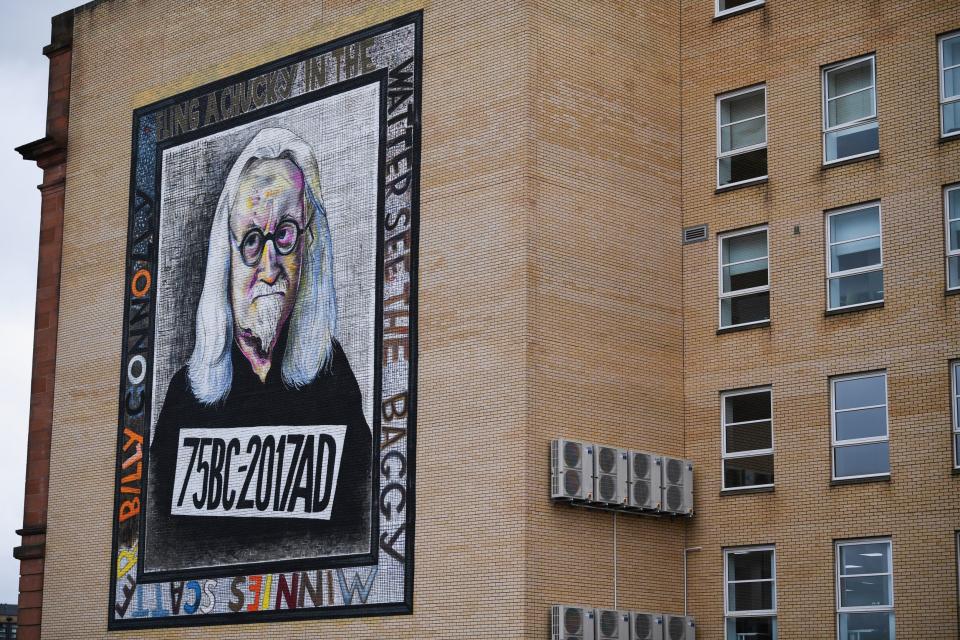
Byrne’s creativity continued to be irrepressible almost until his death: he was regularly exhibiting at the Fine Art Society in London and in Edinburgh, at the Rendezvous Gallery in Aberdeen and at Brown’s Art Gallery in Tain.
In April 2008, the fourth part of the Slab Boys story, Nova Scotia, which tells of the characters’ lives into the 21st century, was premiered at the Traverse.
Byrne received several honorary doctorates: in 1997, from the University of Paisley; in 2006, from the Robert Gordon University Gray’s School of Art in Aberdeen; in 2011, from the University of Dundee; and in 2015, from the University of Stirling. In 2004, he was made an Associate of the Royal Scottish Academy.
John Byrne’s unconventional domestic arrangements attracted occasional lurid headlines, but he insisted: “Everyone is happy and it works.” He married first, in 1964, Alice Simpson; they had two children before separating in the late 1980s and divorcing in 2014. From 1989 to 2003 he was in a relationship with Tilda Swinton; they had twins, born in 1997. In 2014 he married, secondly, the theatrical lighting specialist Jeanine Davies.
John Byrne, born January 6 1940, died November 30 2023

 Yahoo News
Yahoo News 
